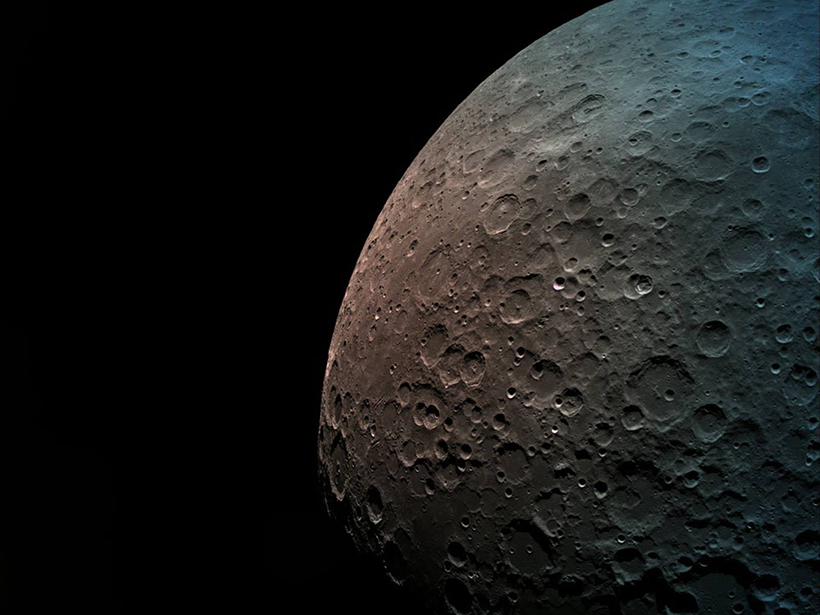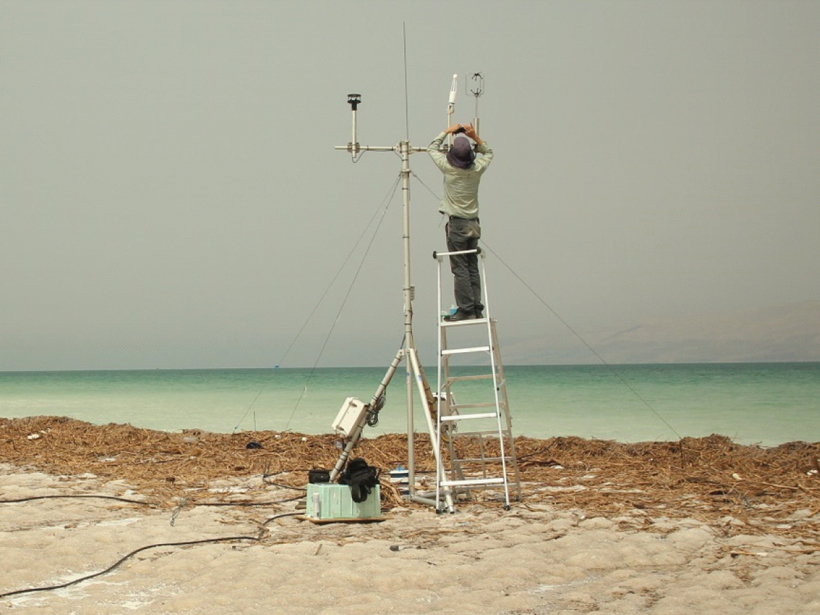Beresheet will be the first privately developed craft to attempt a soft landing on the Moon. The landing will be broadcast live.
Israel
Posted inNews
Precariously Balanced Rocks Reveal Earthquake History in Israel
Using the prevalence of unstable rock formations in Israel’s Negev Desert, researchers determined that historical earthquakes in the region were weaker than previously thought.
Posted inNews
First Privately Developed Lander En Route to the Moon
The lander, built by an Israeli company, will survive on the surface for just a few days. It will capture magnetic field data and conduct an experiment with a lunar orbiter.
Posted inResearch Spotlights
What Causes Flash Floods in the Middle East?
Researchers zero in on the large-scale meteorological processes driving extreme precipitation events in the hot, arid desert region.
Posted inResearch Spotlights
Dead Sea Provides Unique Insights on Water Evaporation
Scientists study the impacts of sunlight and wind on evaporation at one of Earth’s most unusual lakes.





